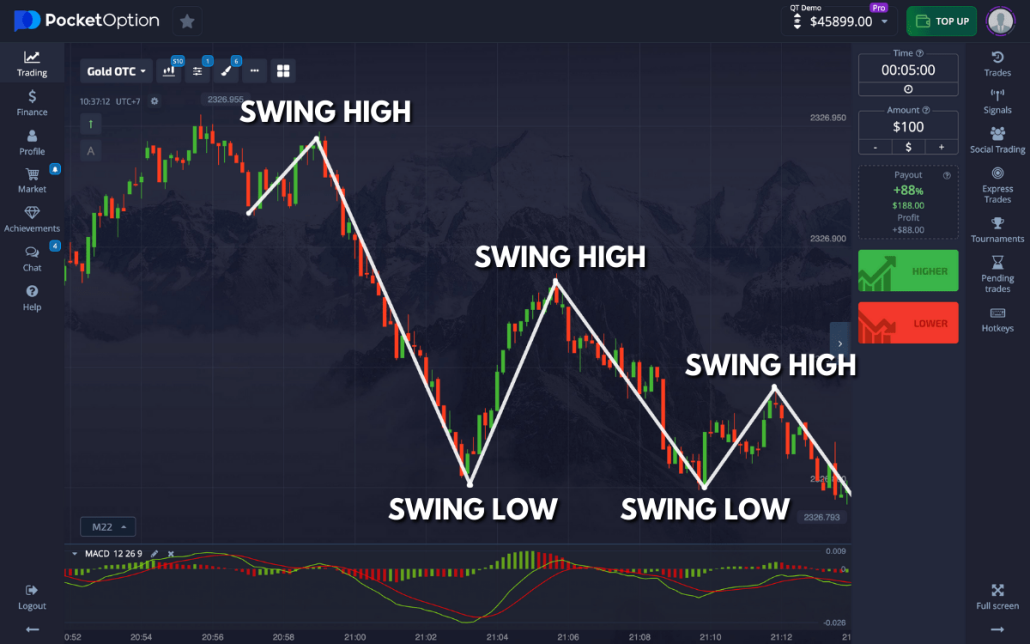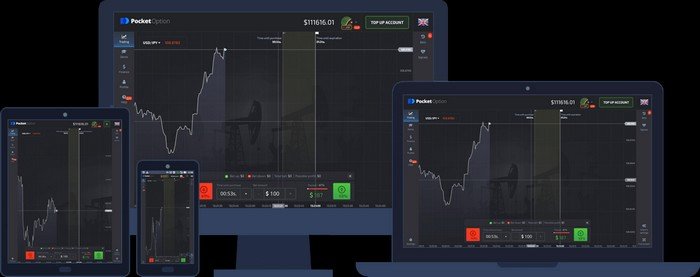
Understanding the Fees Pocket Option: Insights and Implications
When it comes to trading in the dynamic world of financial markets, understanding all associated costs is essential for success. One of the platforms that has garnered attention in recent years is Pocket Option. This trading platform offers a range of benefits, including a user-friendly interface and a variety of trading options. However, like any trading platform, it comes with its own set of fees. In this article, we will delve deep into the Fees Pocket Option fees Pocket Option charges its users, how these fees can impact your trading experience, and some strategies to minimize those costs while maximizing your profits.
What is Pocket Option?
Pocket Option is a binary options trading platform that allows users to trade various assets, including stocks, commodities, indices, and cryptocurrencies. Founded in 2017, the platform has attracted a global audience thanks to its intuitive interface and comprehensive educational resources. However, like any financial service, understanding the accompanying fees is vital for effective trading.
Types of Fees on Pocket Option
1. Deposit Fees
When you fund your trading account, you should be aware of any deposit fees associated with your payment method. Pocket Option does not charge a deposit fee for most payment methods, which includes credit cards, cryptocurrencies, and e-wallets. However, it’s essential to note that your payment provider may impose their own fees, which can vary significantly.
2. Withdrawal Fees
Withdrawal fees can impact your net earnings significantly. Pocket Option offers multiple withdrawal methods, and while some methods may be free, others can incur a fee. For example, bank transfers may attract a fixed fee, while withdrawals made through e-wallets can often be fee-free. It’s crucial to check the specific withdrawal fees associated with your chosen method before making a transaction.
3. Trading Fees
Pocket Option primarily earns revenue through trading fees or spreads. In binary options trading, the spread is the difference between the buying and selling prices of an asset. This means that every trade you make may incur a spread fee. While these fees may seem small per transaction, they can add up over time, especially for high-frequency traders.
4. Inactivity Fees

If you do not trade for a prolonged period, some platforms charge an inactivity fee. Pocket Option does have a policy that applies to inactive accounts. If you haven’t made a trade or logged into your account for a specified period, you may incur a fee. Therefore, it is advisable to stay active on your account or to close it if you’re no longer trading.
Understanding the Impact of Fees on Your Trading
The various fees associated with trading on Pocket Option can have a substantial impact on your overall profitability. It’s crucial to factor in these costs when planning your trading strategy. Here are some tips to minimize the effect of fees:
1. Choose the Right Payment Method
Your choice of payment method can significantly influence the amount of fees you pay. Consider using methods that offer free deposits and withdrawals. Always check the Pocket Option website or contact customer service to get the most current information on which methods are fee-free.
2. Monitor Your Trading Frequency
While it’s exciting to be a frequent trader, consider the trading fees associated with each transaction. It may be more beneficial to consolidate your trades or to opt for a longer-term strategy, which can potentially yield higher returns while minimizing fees.
3. Stay Active to Avoid Inactivity Fees
To prevent any unexpected inactivity fees, ensure that you log into your account regularly. Even if you’re not actively trading, logging in can help you stay informed and avoid penalties.
Conclusion
Understanding the fees associated with Pocket Option is vital for any trader looking to maximize their profitability on this trading platform. By familiarizing yourself with deposit, withdrawal, trading, and inactivity fees, you can develop a more effective trading strategy that mitigates costs. Remember, the key to successful trading lies not only in selecting profitable trades but also in managing the costs associated with them. By taking these fees into consideration, you can trade with greater confidence and ultimately achieve your financial goals.

FAQs about Fees on Pocket Option
1. Are there any fees for depositing funds into my Pocket Option account?
Most deposit methods do not incur fees, but it’s essential to check with your payment provider for possible charges.
2. How can I avoid withdrawal fees on Pocket Option?
Choose a withdrawal method that Pocket Option offers with zero fees, often e-wallets have this advantage.
3. What is an inactivity fee, and how can I avoid it?
An inactivity fee is charged if your account remains dormant for a certain period. To avoid it, ensure that you log into your account regularly or trade periodically.
4. Can trading fees impact my profitability?
Yes, trading fees, including spreads, can reduce your profitability. It’s vital to consider these costs when planning your trades.